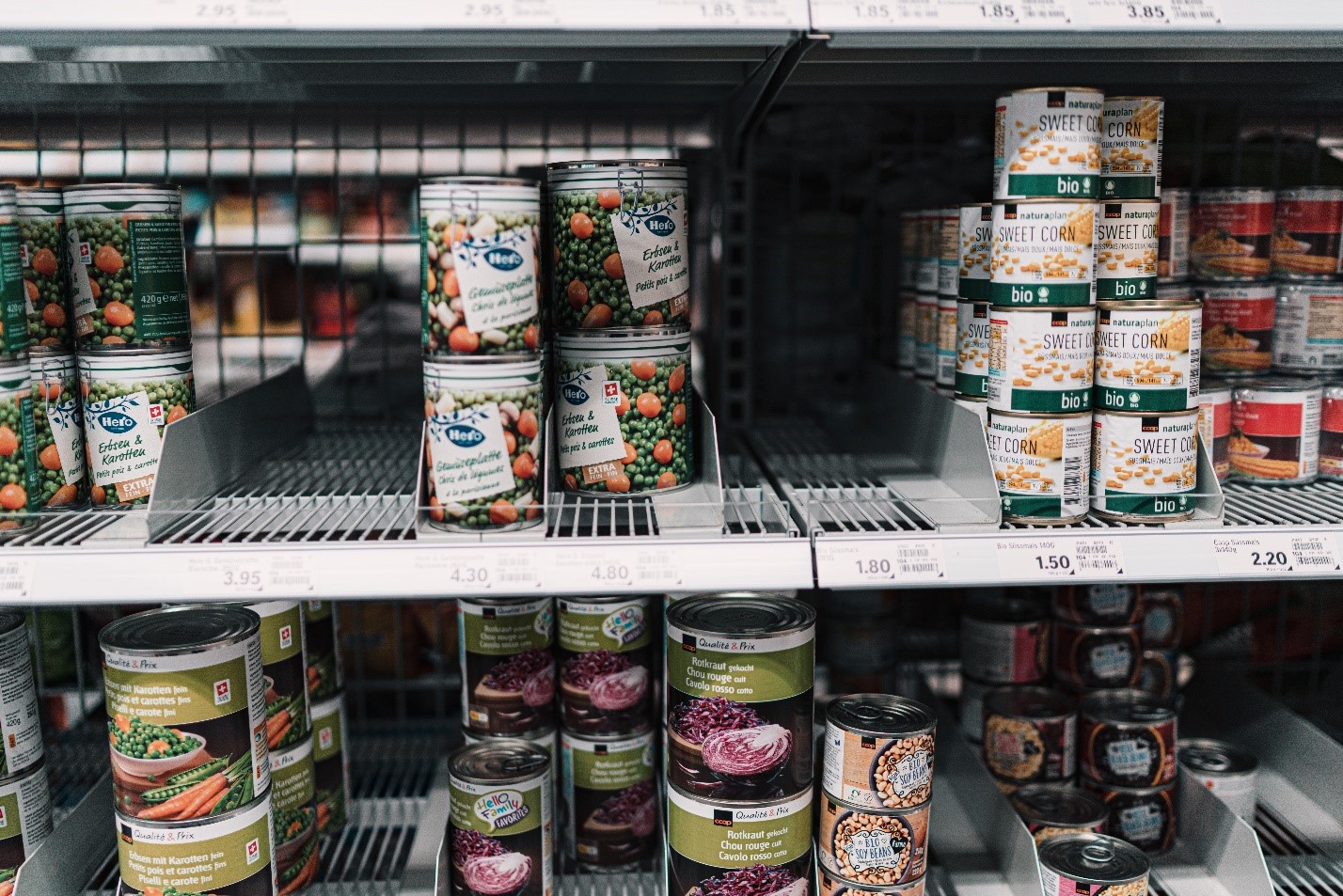The food and beverage industry has taken quite the hit amid the pandemic, with most restaurants unable to operate at full capacity and some being forced to permanently shut their doors. Amidst all this, a pivot to a cloud kitchen model has been championed by some as a cure-all to the industry’s current woes. So what are cloud kitchens?
The Edge Markets defines a cloud kitchen as an online food production and delivery service. Also known as ghost kitchens or catering kitchens, it is primarily a restaurant kitchen that accepts incoming orders only through online ordering systems and offers no dine-in facility. The idea is more than a decade old and started as a solution to increasing property rentals.
Related: How Grocery Stores are Using Robots During COVID-19
Growth of the Cloud Kitchen
In Southeast Asian markets, cloud kitchens are gearing up for unprecedented growth due to high demand and cost-effectiveness. With social distancing and other COVID-19 measures, the online food delivery segment of the industry is being touted as as an all-in-one solution for the struggling restaurants.
Key growth drivers for the market segment include an increase in smartphone users, internet penetration and a cashless economy made easy by digital payments. Food and beverage suppliers of all sizes are partnering with aggregators and e-commerce delivery companies for the best market coverage between urban and suburban markets, to take care of marketing, branding, and off-store merchandising to create the best-in-class remote experience.
The cost of the supply chain and logistics will be the key constraint. This includes the cost incurred for order fulfillment, making deliveries, adjusting business resources to dynamic market demand and last-mile connectivity. Traditional restaurants stand to lose up to over a quarter of their profit if they fail to upgrade their logistics system to ensure on-time delivery.
How Do Cloud Kitchens Operate and Why Are They Trending?
Food and beverage outlets typically need to cover these three areas: administration, kitchen and front of house (FOH). Cloud kitchens effectively remove FOH and leave customers with just the administration and kitchen areas. In a cloud kitchen system, staff would receive an order virtually through an online ordering system, or a third party’s, and the kitchen would prepare the food. When the food has been prepared, a delivery team would deliver it to customers.
The pandemic has pulled the rug from beneath the feet of many industries and food and beverage is no exception. Cloud kitchens may act as a backup plan for the industry for several reasons. First, they can decrease seats for restaurant diners. New social norms are propelling the masses to be more virtually active and less socio-physically engaged.
Second, cloud kitchens can eliminate brick and mortar-related overheads. In a cloud kitchen scenario, businesses can rent kitchens away from the city center, which can help save on rent. And, the cost of construction can be reduced by eliminating costly FOH branding, staffing and training, serving equipment and breakages, high staff turnover, renovations and upkeep costs.
Third, cloud kitchens can eradicate bad service by limiting interactions between staff and consumers, letting the food speak for itself. And lastly, marketing is taken care of. Food aggregator apps typically take a percentage of sales in exchange for a marketing platform, logistics and above all, a pool of customers.
A Food Business Model Not Without Challenges
With easy entry and high competition, any mouth fed by a competitor is a lost customer. While stiff competition can lead to a price war, decreasing profit margins in the short term can increase profitability in the long term.
In a cloud kitchen model, all eyes are on the food. The concept loses out significantly on customer touch. The FOH gives people a chance to step into a different space outside their homes, where a business’s brand does the magic by adding value to the food.
With COVID-19-induced changes in habits, everyone can be a cook or baker, as seen by the spike in demand for yeast and flour. The newest competitor for the food and beverage industry is none other than the customer itself. However, businesses can still win over customers by leveraging consistency of quality, price management and tapping into niche markets.
Even though it has not been proven that COVID-19 can be transmitted via cooked food, handlers must adhere to all safety precautions. A potential solution is providing access to the public via live streaming of production line, or an accessible location such as glass kitchens.
The Future of Cloud Kitchens
The time is now for the foodservice industry to embrace digital transformation and create new demands based on new trends. And they can do this, not simply as a substitute measure while the pandemic rages on, but to ensure sustainability and growth.







Join or login to leave a comment
JOIN LOGIN